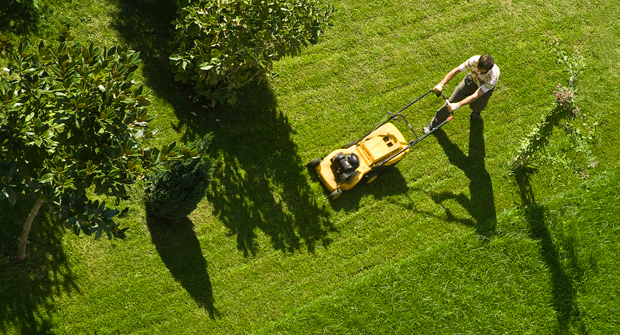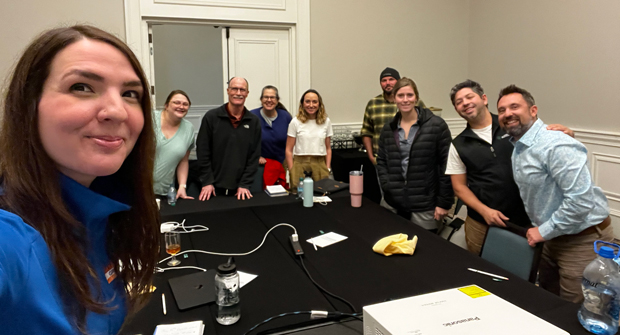The simple act of cutting grass is the common denominator for so many in the industry. A kid pulling dad’s mower out of the garage to make some money is often the entry point into the landscape and lawn care industry.
In recent years, mowing has also become more highly scrutinized than ever for two reasons: a tight labor market and rapid advancements in mowing technologies. A visit to any industry trade show is proof that there have been significant investments in trying to take the laborer off the mower and on to other tasks while the mower does the job on its own.
Chase Tew, production systems and business unit manager for commercial mowing, golf and precision turf technologies, John Deere, says that without a doubt, he believes mowing is the most scrutinized job in the industry because it requires so much labor.
“If you look at a landscape contractor’s P&L, roughly 45 percent of their P&L is labor. The overwhelming majority of that is direct labor,” he says. “And if you look at where direct labor goes by frequency of task, it is mowing heavy. Seventy percent of a landscape contractor’s direct labor cost is associated with mowing. It’s a big number.”
Emphasis on residential mowing
Kress Outdoor Power Equipment is a new entrant into the robotic mowing market. They made their first appearance at Equip Exposition in 2023 and offer lawn care companies various handheld, battery-powered tools and robotic mowers.

Todd Zimmerman, vice president of product development for Kress, says the company has been working with its dealers over the last eight months to help them understand the benefits of the product line to customers. As a result, he expects the company to make giant leaps soon.
“In just those eight months, we’ve sold eight times as many robots as we did in all of 2023,” he says. “The part that I start to get excited about is the adoption in golf. That means people are going to see it when they’re playing golf, and that creates awareness and buzz about it. But residential mowing is where we need the biggest emphasis right now. It’s still in the infancy stage, simply because (business owners) are not sure exactly if they need to trust robotic lawn mowers yet.”
Gain more yards
Zimmerman says what will help Kress and other robotic mowing companies is the realization that robotic mowers will help these companies grow their businesses.
“If we have a robotic mower at your property, we’re going to come by once a week to do the trimming, blowing and edging that we would normally do,” Zimmerman says. “Because they don’t have somebody sitting on a mower six to eight hours a day, they can split that crew up and use those crew members to gain more yards, bringing more money back into their business.”
John Deere’s Tew won’t try to predict the future of mowing in the industry, but he does know one thing: It’s an exciting time to have his job and be in the mowing business.
“There’s a lot of exploration that’s going on right now. I don’t know that one machine form wins over the other, but it’ll be an actual composition of different autonomous machine forms that I think landscape contractors will have the ability to put together in a way that meets their needs,” he says.
Staying at the forefront

Kyle Narsavage, president and owner of GreenSweep and Garden Gate Landscaping in Silver Spring, Md., says mowing accounts for 60 percent of his company’s total revenue. He runs 26 crews, with 80 percent of his business being commercial maintenance and 20 percent residential design/build.
Because mowing is so important to his business, Narsavage thinks that very soon, he’ll need to convert to fewer ride-ons and more stand-ons, and eventually, he’ll need to convert to robotics.
“At Elevate, we talked with Wright about their stand-on robotic mowers in combination with Greenzie,” Narsavage says. “That’s something that’s in our plan for the next, I’d say, three to five years.”


